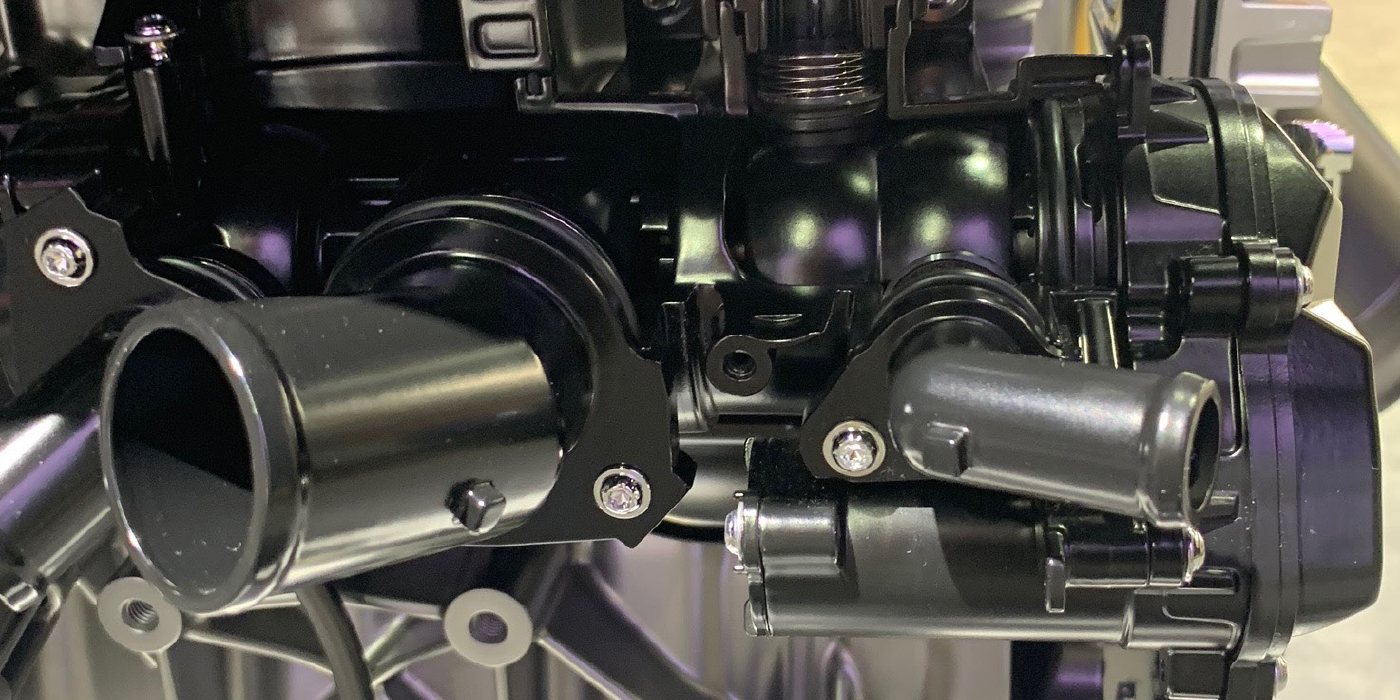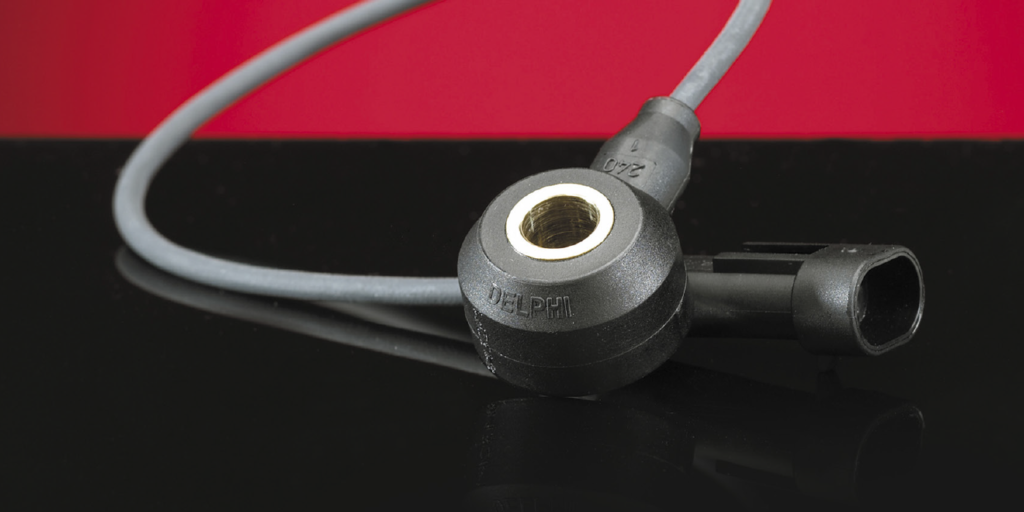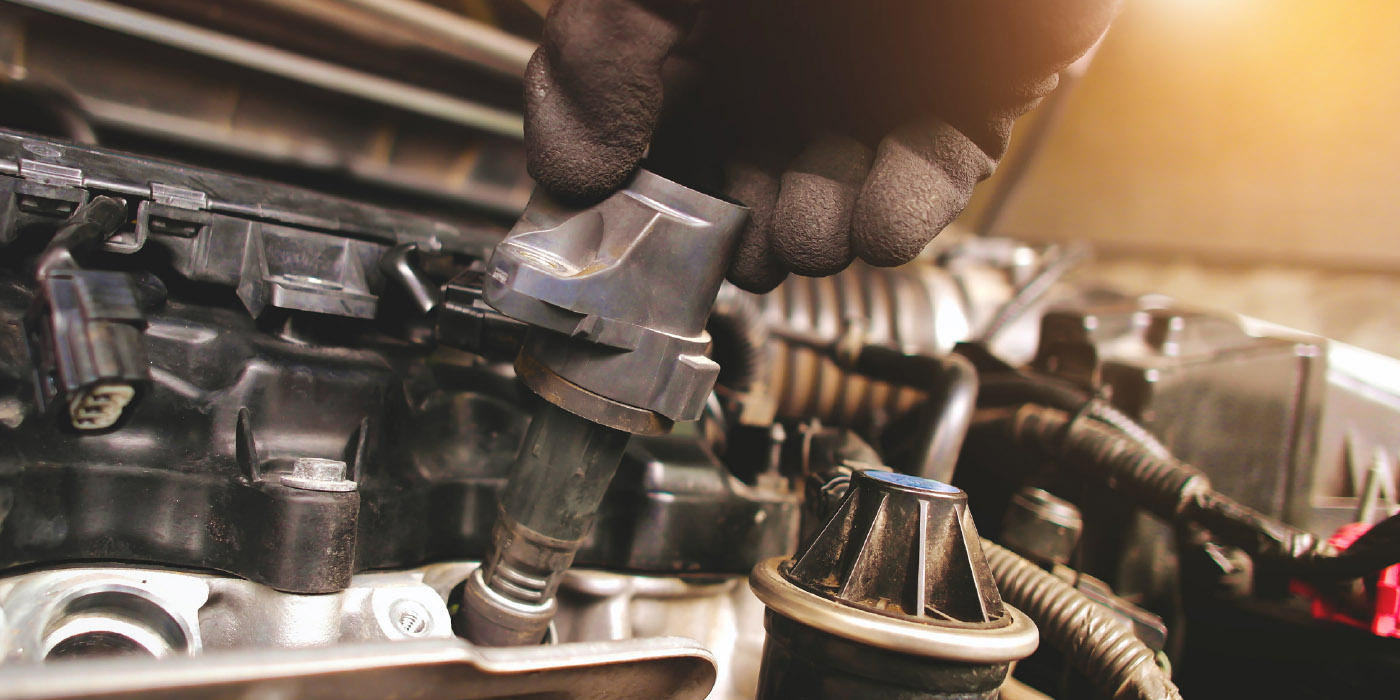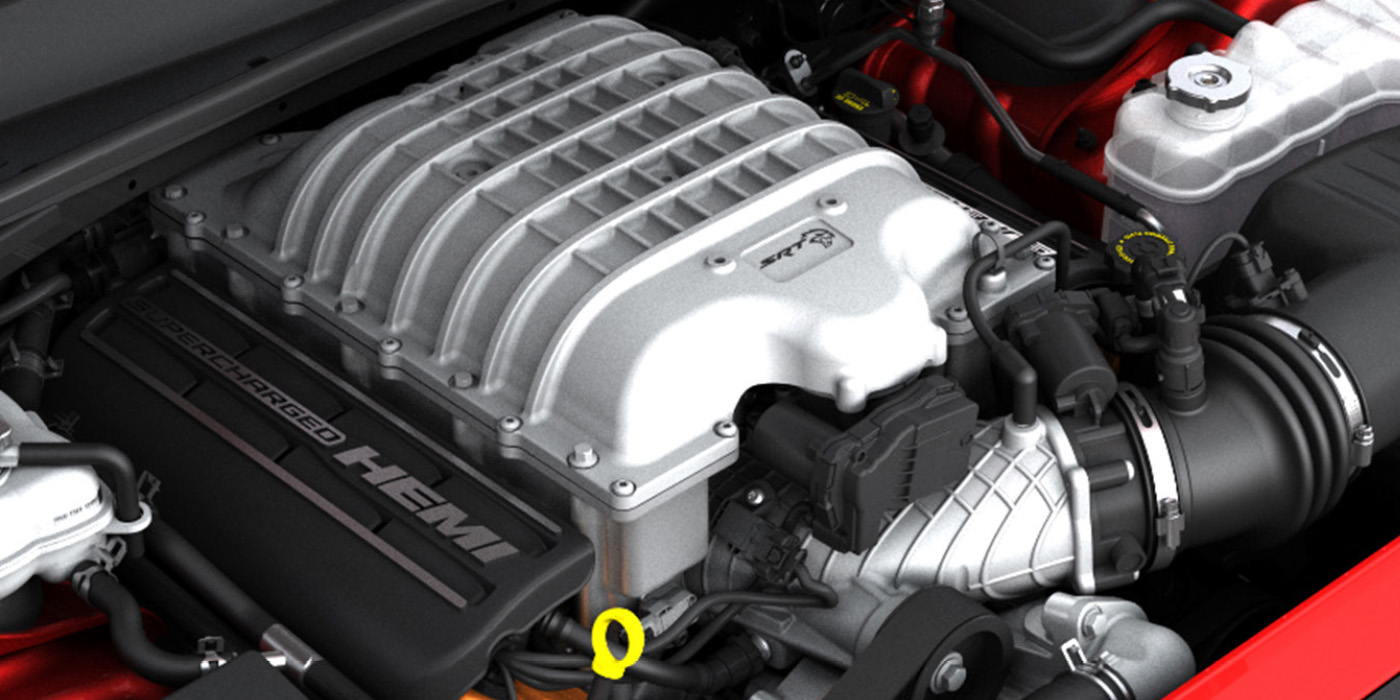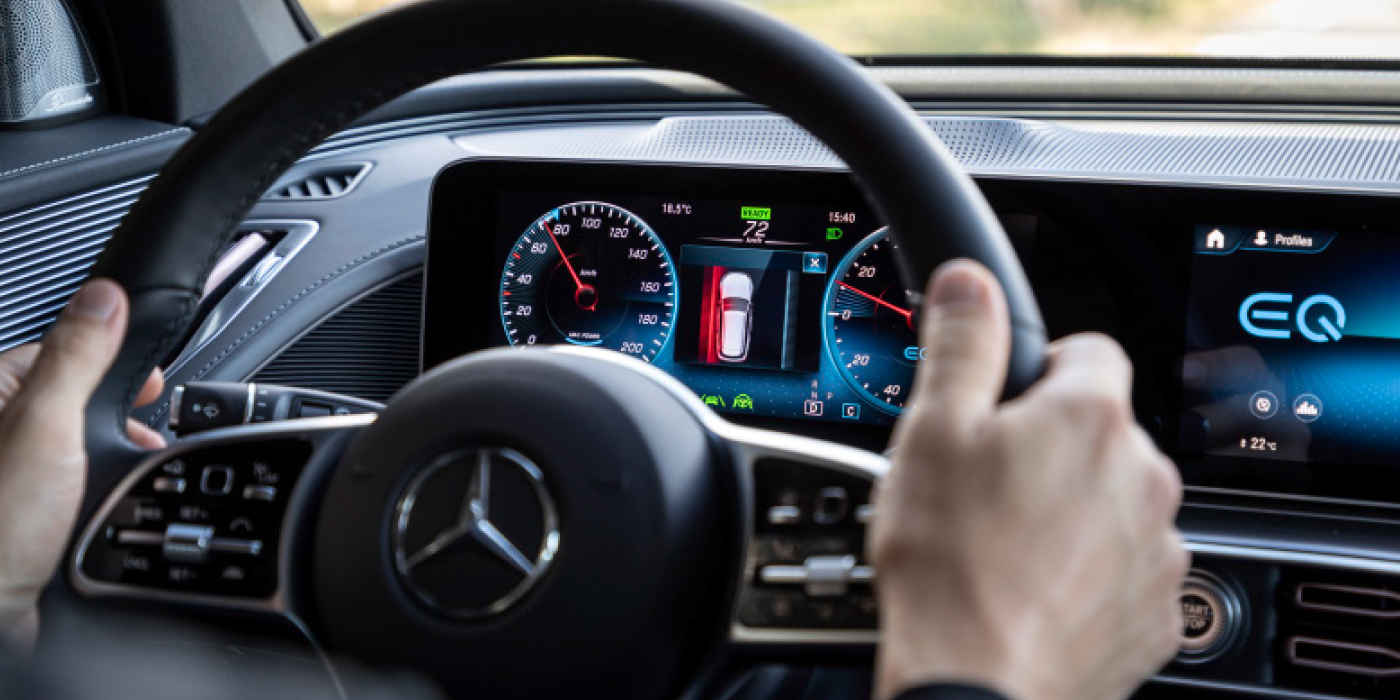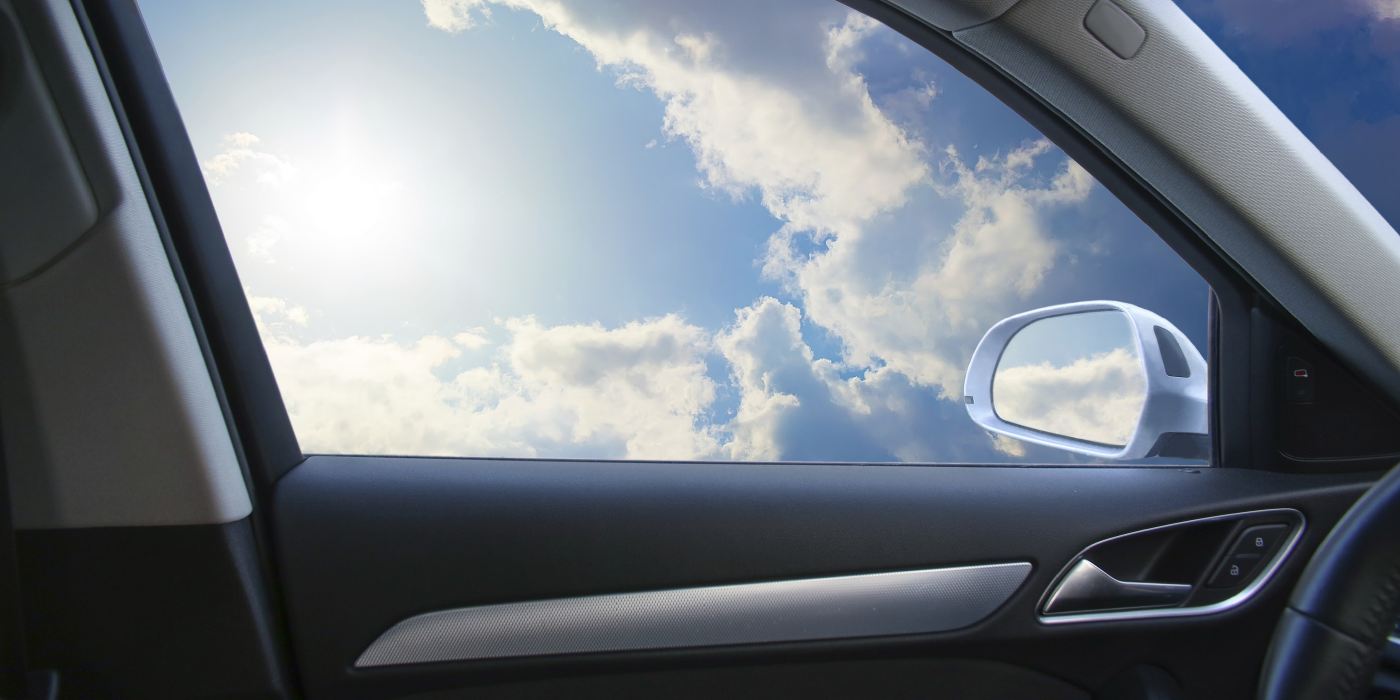‘It worked before I brought it in.” These are words that can drive any repair facility crazy. I would be willing to bet that everyone reading this article has heard this statement and been burned by it, whether it was a sound the customer was hearing, a drivability issue or maybe a door that was not working perfectly. It doesn’t matter what the issue was, you spent time repairing this vehicle, doing everything you could to get everything right so the customer would be happy getting back into their vehicle.
You base your shop’s reputation on getting it right. Your livelihood, as well as your employees’ and your family’s livelihood, depends on your shop’s reputation of doing quality work.
Because of those infamous words, “It worked before I brought it in,” and how often they’re spoken, the repair industry, whether you’re a body shop, glass shop or mechanical shop, now diligently checks vehicles in and takes photographs to document any items or things that may not be correct with the vehicle upon arrival. This process identifies unrelated prior damage and any other concerns the owner may not be aware of.
A simple question I ask anyone is, “When is the last time you looked at the passenger side of your vehicle?” Many vehicle owners are oblivious to imperfections on their vehicle. Some damage has been there so long that they’ve forgotten about it. But, when it comes time to pick up their vehicle, they notice everything.
ELECTRONICS CHANGE EVERYTHING
I’m not going to call it “new” electronics anymore as it has been around for a few years now, “it” being safety features such as ADAS. These features are hidden in the vehicle and not as obvious as a dent or scratch you can take a picture of and point out. And, since they’re not new and the vehicles that have ADAS have time and miles on them, how do you know they’re working when the vehicle comes in? Are any of the components damaged or, in the case of auto glass, burned out or failed, such as the cameras?
Let’s add that most drivers are either unaware of how these systems operate or have turned these features off so they won’t be bothered by them. Now, the question of what is and is not working before you start repair work will become more relevant when you deliver that vehicle. Remember, “It worked fine before I brought it in.”
Electronic components are expensive to replace. When you add in programming, in-process scans and calibrations, the cost of these parts starts to add up quickly. Not doing a pre-inspection can be a costly mistake. How do you pre-check these items when a vehicle is dropped off? What repairs require a pre-inspection? I hope you all answer, “Every job that comes in does.”
I’m currently working through another issue where a windshield was replaced and, when the static calibration or dynamic calibration was performed, the system failed to calibrate. In this case, OE glass was used as well as OE software for the calibration. In the post-repair scan, a code identified a camera DTC.
The only option is to relace the camera for $1,200. Now, the customer is inconvenienced and, since the shop was the last to touch the vehicle, it is responsible for replacing the camera since no pre-repair scan was done before replacing the windshield. Was the system not operating prior to repairs or did the technician damage the camera during the windshield replacement? We will never know without a pre-repair scan.
Human error also plays a role in failures: cameras not mounted correctly, damaged during removal or left dangling during a windshield replacement procedure; incomplete electrical connections; contamination in front of the cameras on the glass; targets not set on a level floor; the list goes on and on.
One thing that concerns me is the number of technicians who will just clear the codes and return the vehicle to the customer when this problem or any calibration failure occurs. I’ve spoken to way too many technicians who have done this in recent months. When problems like these occur, many shops are told by dealers that they will not even address the issue until the dealer glass is installed. Even if dealer glass is installed, it’s simple to say that the technician must have damaged the camera and that created the problem. Either way, shops are paying (if they follow through on the safety of their customer) for equipment that may be faulty due to other issues beyond the windshield being replaced.
How will any repair facility know if the systems are operational before work is started? What is incident-related and unrelated prior damage? Who will be paying the bill when older vehicles and new vehicles show up with preexisting codes and problems? This leads me to ask, “Do you feel pre-repair scans should be done on all vehicles regardless of the type of repair?” It’s something to think about.



